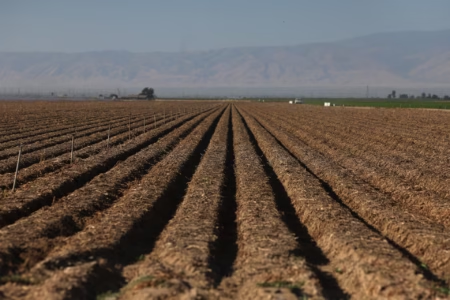Australia’s business conditions saw a modest improvement in February, with slight gains in trading activity and profitability. However, business confidence took a sharp hit, dropping by six points to -1, according to the latest survey from the National Australia Bank (NAB). This decline reversed the gains recorded in January, reflecting widespread uncertainty across industries and regions.
Business Conditions See Minor Growth
NAB’s survey revealed that business conditions edged up in February, with both trading and profitability indicators rising by one point. While industries such as construction, transport, utilities, recreation, and personal services experienced improvements, other sectors, including mining, continued to struggle.
“Business conditions rose marginally in February, with 1-point increases in both the trading and profitability sub-components,” said Alan Oster, Chief Economist at NAB. “Mining conditions improved slightly but remain at very weak levels. In contrast, sectors like construction and transport performed better.”
Despite these gains, the overall economic landscape remains challenging. The survey indicates that activity levels are below average, and cost pressures continue to weigh on businesses, preventing significant recovery momentum.
Business Confidence Drops Across All Sectors
While conditions improved slightly, business confidence plummeted in February. The six-point decline pushed confidence back into negative territory, reflecting uncertainty despite recent positive economic data.
“The lift in confidence seen last month was not sustained into February and is now well below average again,” Oster explained. “This is despite improvements in Q4 GDP and the Reserve Bank of Australia’s (RBA) first rate cut, suggesting that businesses remain cautious about the future.”
Confidence declined across all states and industries, indicating widespread concern about economic stability. In particular, retail orders saw a significant drop, pointing to ongoing softness in consumer demand.
Cost Pressures and Inflation Trends
One of the biggest concerns for businesses remains cost pressures. NAB’s data showed that purchase cost growth increased from 1.1% to 1.5% in quarterly equivalent terms. Labour cost growth, on the other hand, eased slightly from 1.7% to 1.5%, indicating some moderation in wage price pressures.
Final product price growth declined from 0.8% to 0.5%, while retail price inflation remained stable at 1.0%. Despite these trends, businesses are still facing higher input costs, which are not being fully passed on to consumers, leading to profitability challenges.
Capacity Utilisation and Forward Orders
Capacity utilisation, a key indicator of economic activity, eased slightly to 81.9% but remained above the long-term average. While forward orders held steady overall, the retail sector experienced a notable decline, suggesting continued weakness in consumer spending.
“The data highlights the persistent challenges faced by businesses,” said Oster. “Although some industries are seeing slight improvements, overall conditions remain tough, and businesses continue to struggle with high input costs.”
Cautious Optimism Amid Challenges
While Australia’s business conditions showed minor gains in February, the broader outlook remains uncertain. High input costs, declining confidence, and sector-specific struggles continue to weigh on the economy. With the RBA’s monetary policy adjustments and ongoing government support, businesses are hopeful for gradual improvements, but caution remains the dominant sentiment.







